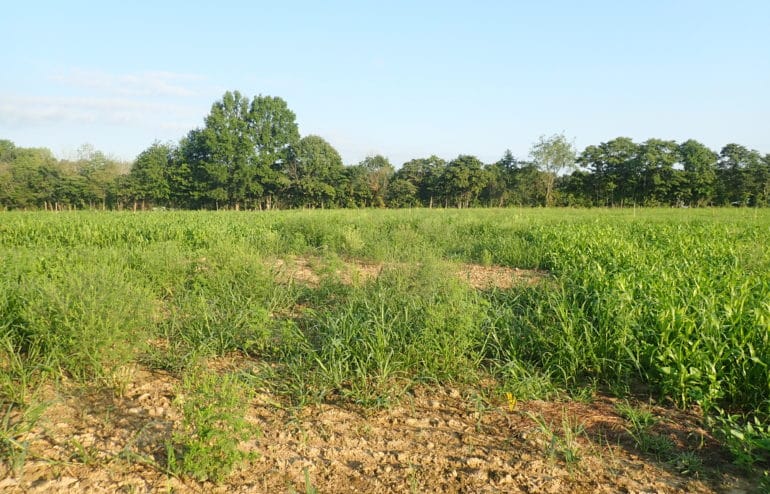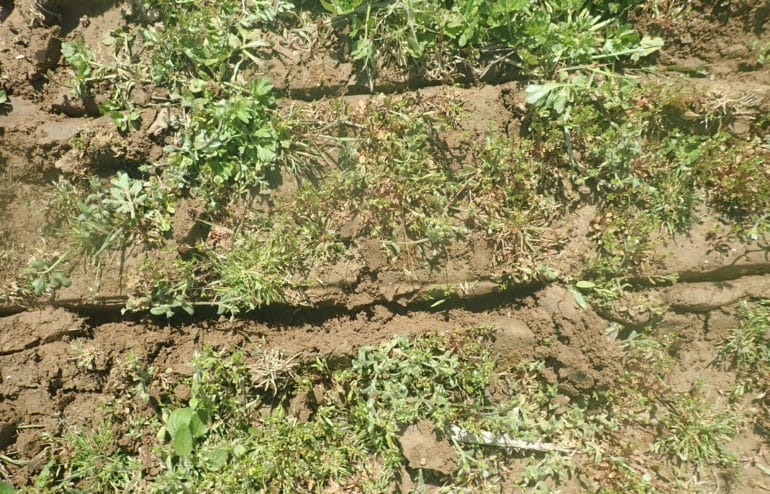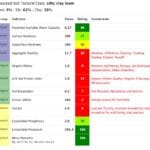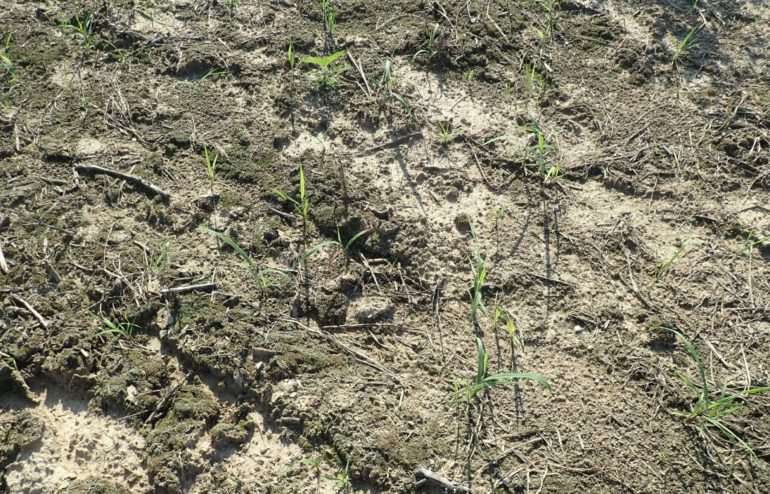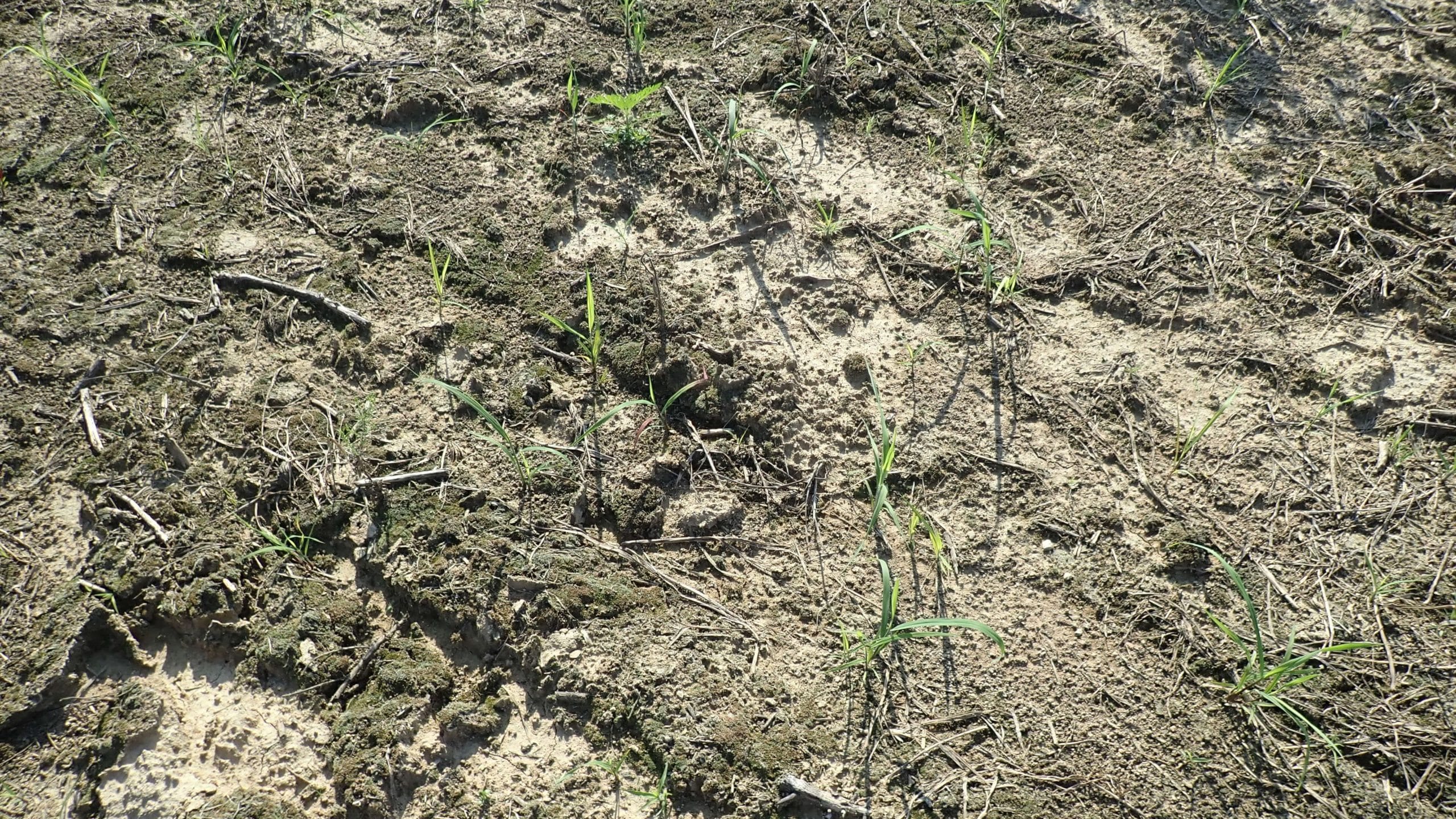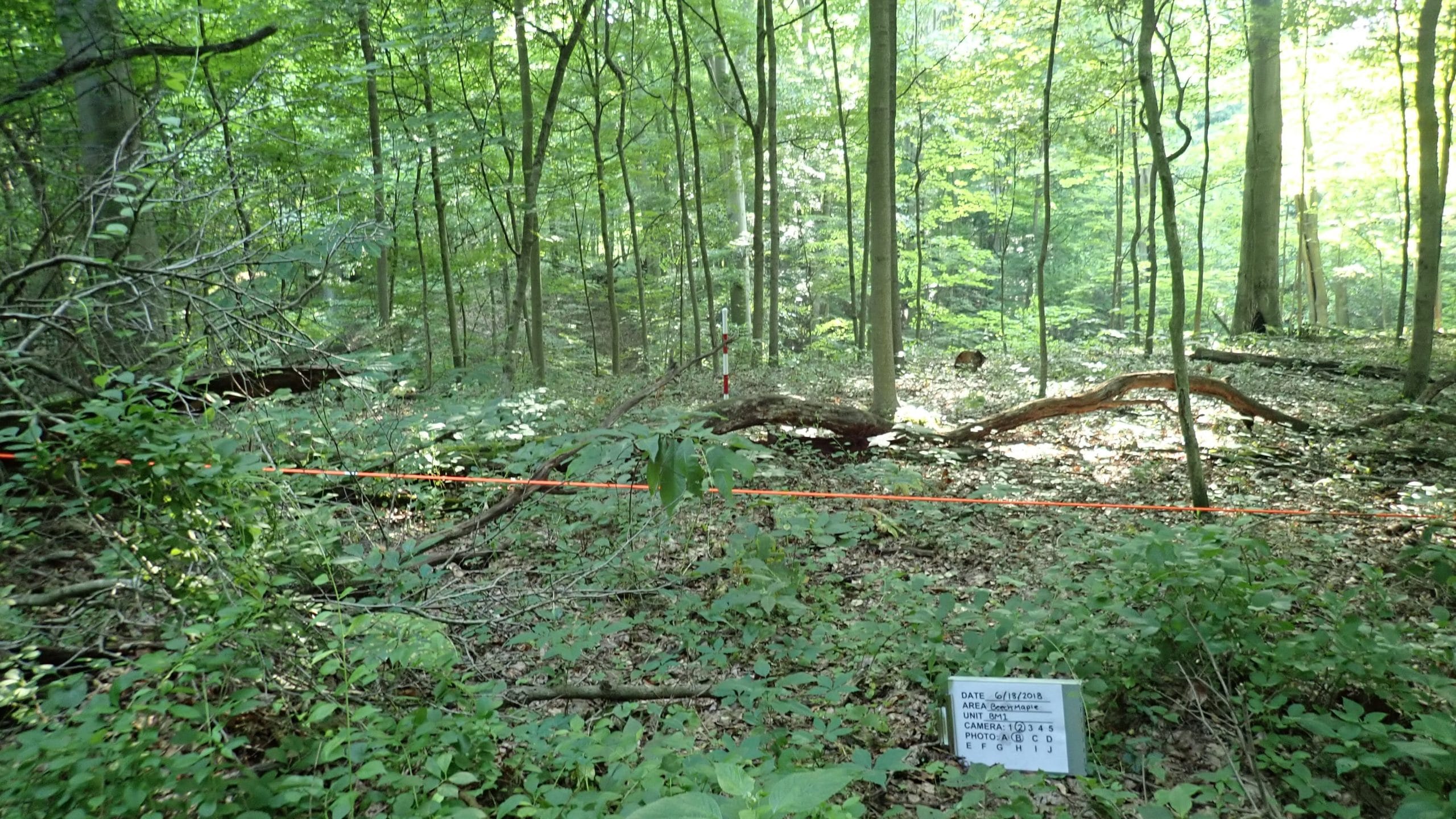
Counts and Cows
As the weather started to cool down, we had to finish our native warm season grass counts. Our third and fourth counts were very similar in the how they were conducted. We counted the grasses again, but also recorded their heights. We still took note of any weeds or cover crops in the plots. The grasses were much larger than any other counts and easier to identify.
Wading through the sea of cover crops during the colder mornings made it look as if we just fell into a pool with our clothes on. It is safe to say we were very wet and very cold. As the cover crops grew, some areas were taller than us and very hard to walk through. Other areas were so dense it affected the growth of our grasses and our ability to find them.
The idea behind the study was to have the cattle grazing the cover crops while the grasses grew below. We enjoyed watching the cattle being released into the research area (thanks Megan for the video clip below). One lesson learned this year was that the plots need to be grazed earlier to prevent the cover crops from growing too large. With shorter cover crops, the grasses will receive more sunlight and not be covered by the trampled plants. One of the first days the cattle were grazing a big storm came through the area, so the cattle were pulled to limit damage to the native grasses. With the weather and amount of cover crop available, the cattle grazed at a slower rate than expected. More cattle were brought out to speed the grazing process up. Adjustments will be made for next year.
–Chad G.

